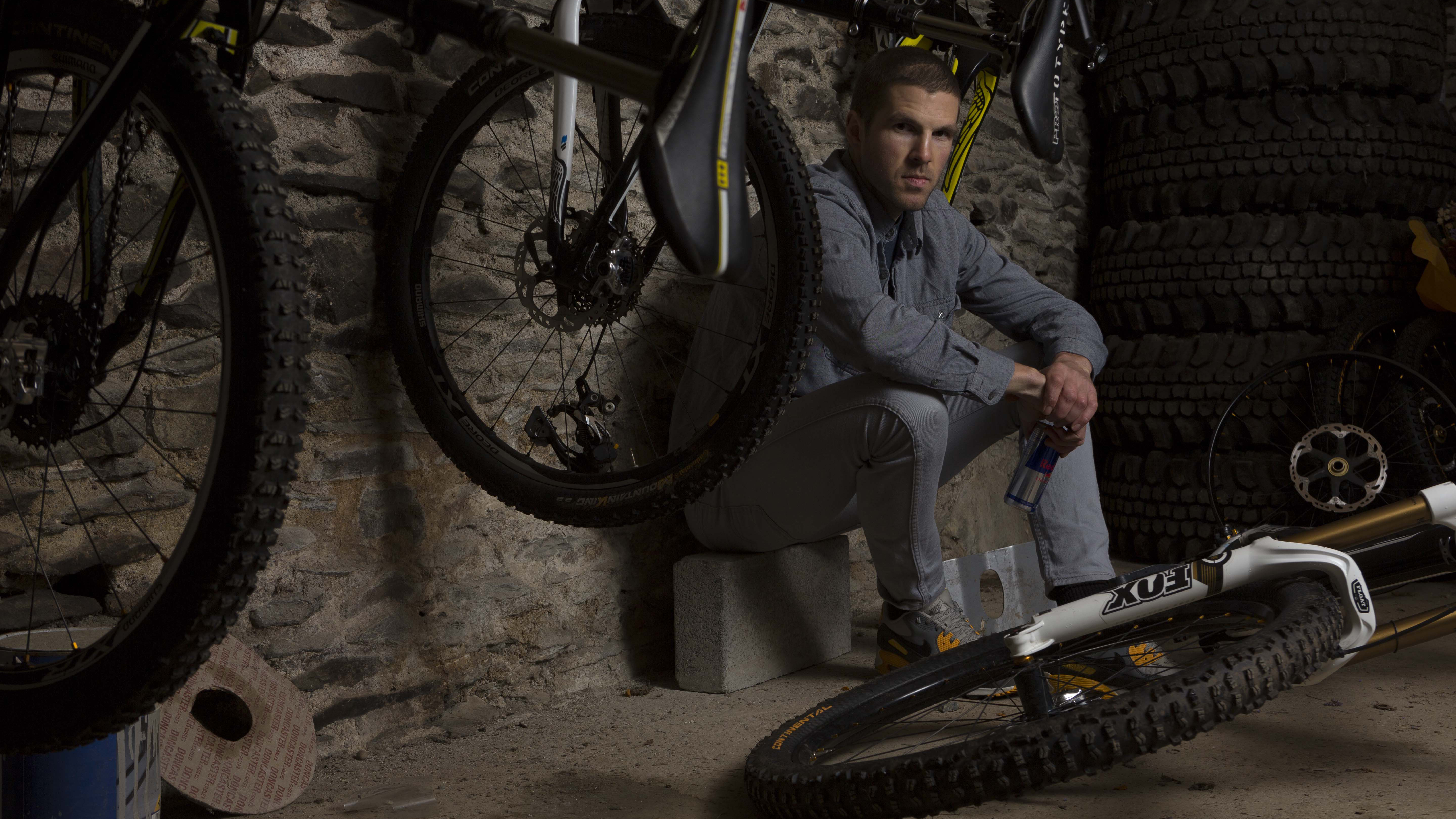
Dan Atherton’s top tech checklist looks as you’d expect given that he’s a professional mountain biker with a penchant for pushing the limits of competition. There’s Muc-Off C3 Ceramic Dry Chain Lube, a Bell Full-9 Helmet, Silverline Shovel, Fox Float 40 Factory Forks, a GoPro Hero 5 and, of course, a Trek Session 9.9 DH 27.5 bike. Why the shovel? Well, Dan’s a seasoned veteran when it comes to designing his own competition tracks, like the one he’s created in the Welsh countryside for the latest of Red Bull’s Hardline series. So, needless to say, a shovel makes perfect sense.
- Best road bikes: serious carbon and steel bicycles
- Best electric bike
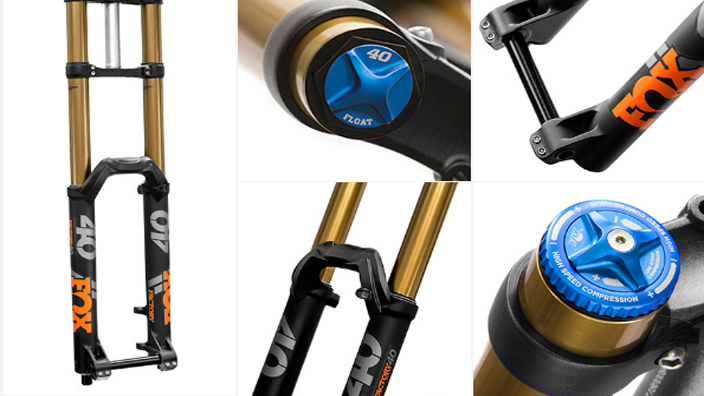
Red Bull Hardline is known as one of the toughest downhill mountain bike races in the world and, this weekend, the event arrives in Dyfi Valley, North Wales for its fourth year in a row. The course itself has been carefully crafted by Dan and is intense. It features huge gap jumps, giant slab rolls and incredibly tight woodland sections. And, as well as building the imposing course, Dan is also competing alongside other riders from around the globe. He’s more than ready for the challenge, thanks in the main to his fiercesome two-wheeled creation.
- Canyon Aeroad CF SL Disc 8.0 review
- Canyon Grail:ON electric bike review
- Specialized Turbo Levo Comp FSR review
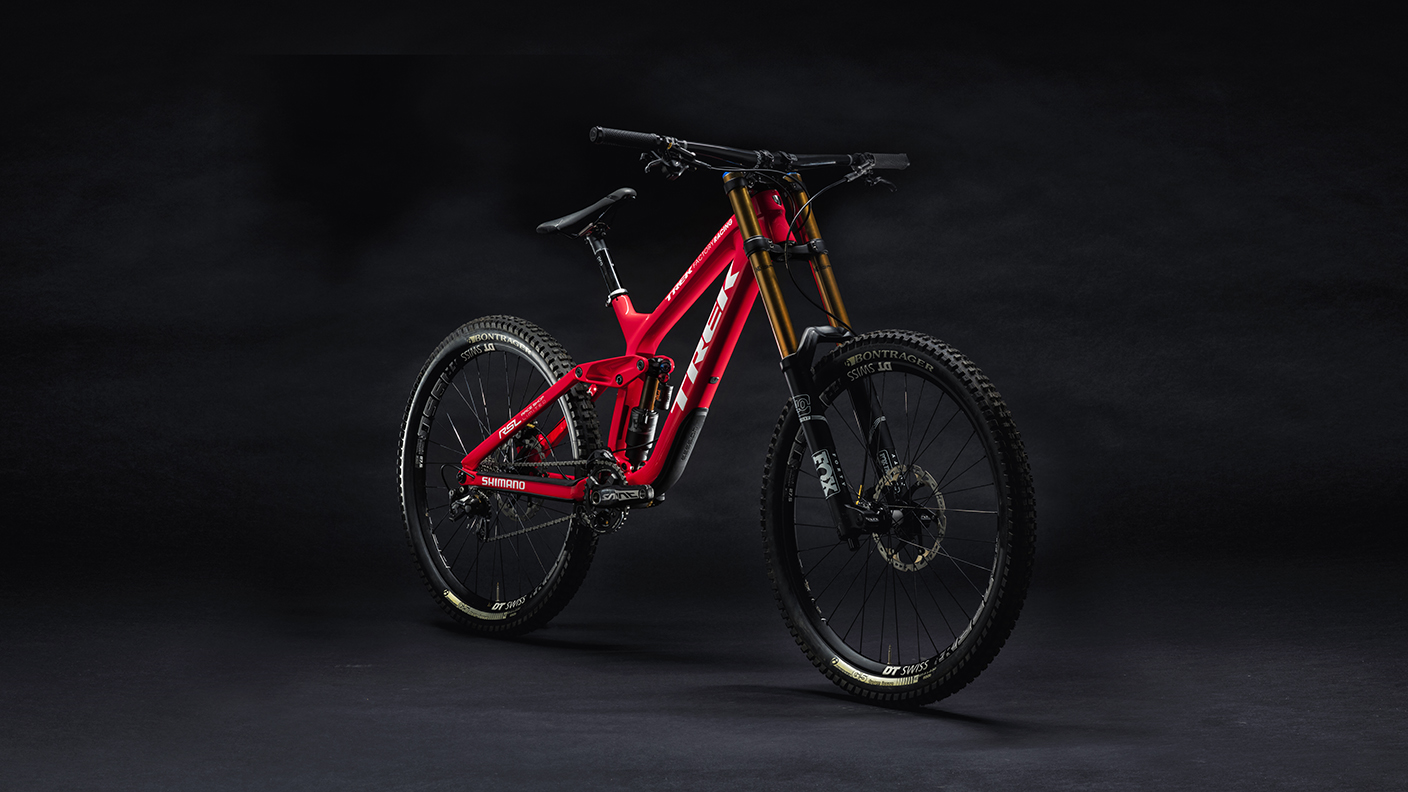
“My Hardline set-up is a little bit different to my standard race set up,” he says. “I ride a Trek Session. It’s an awesome beast! It’s built up with tried and tested components from Bontrager, Fox suspension and Shimano (brakes and drive train). Bars, stem and saddle are Shimano Pro, while my wheels are 27.5-inch. There’s a lot of riders moving to 29-inch wheels, but I feel comfortable with the smaller wheel size. It’s what I’ve been riding all season and I wouldn’t consider making a significant change like that in the run up to an event as gnarly as Red Bull Hardline! My brother Gee has made the move to the 29-inch too. We were talking about it – when the change from 26 to 27.5-inch wheels happened the riding was just a bit exaggerated. With the move to 29, it’s a whole different way of being on the bike.”

Dan reckons there has been a transformation of the sport in recent years. “For us personally, there has been a massive change,” he states. “When we started out, we’d ride anything. I was always putting bikes together from parts I’d saved up for, or scrounged or cannibalized from somewhere. I say to young riders now to not worry about the bike. Just get out and ride something and you’ll learn masses! Now we ride amazing bikes all the time, which is a massive privilege. I think the major change has probably been geometry. It’s constantly evolving to get more aggressive – lower, longer, slacker!”
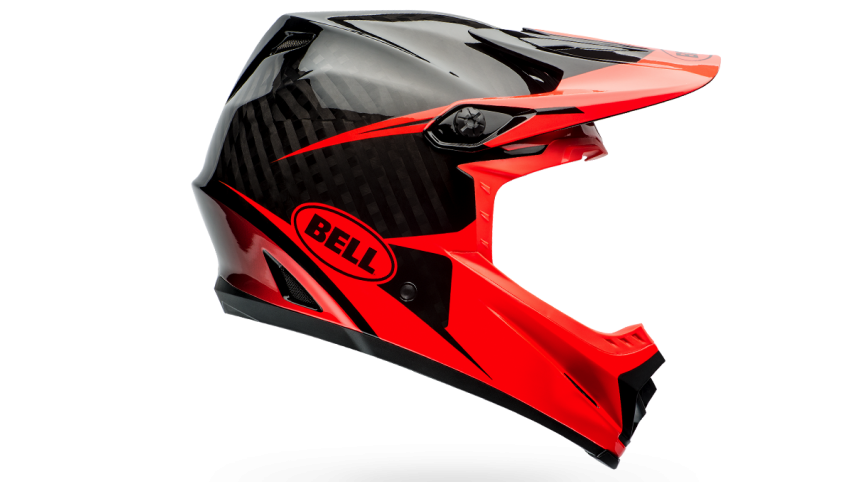
Dan also reckons his favourite feature of the latest bike is its frame. Being absolutely sure of the quality of the structure is critical. “I try to constantly push the boundaries of the sport, it’s what I live for. So I need to be sure that my frame is not going to crack under the relentless pressure,” he adds. “Even more so at an event like Hardline.” And, one wonders, what other elements of the bike are most susceptible to mechanical failure during Hardline? “I think you’d get a different answer to this if you asked different riders! I’ve been lucky with no mechanicals in the three years of Hardline so far, but Gee’s had punctures on his race run twice in three years.”
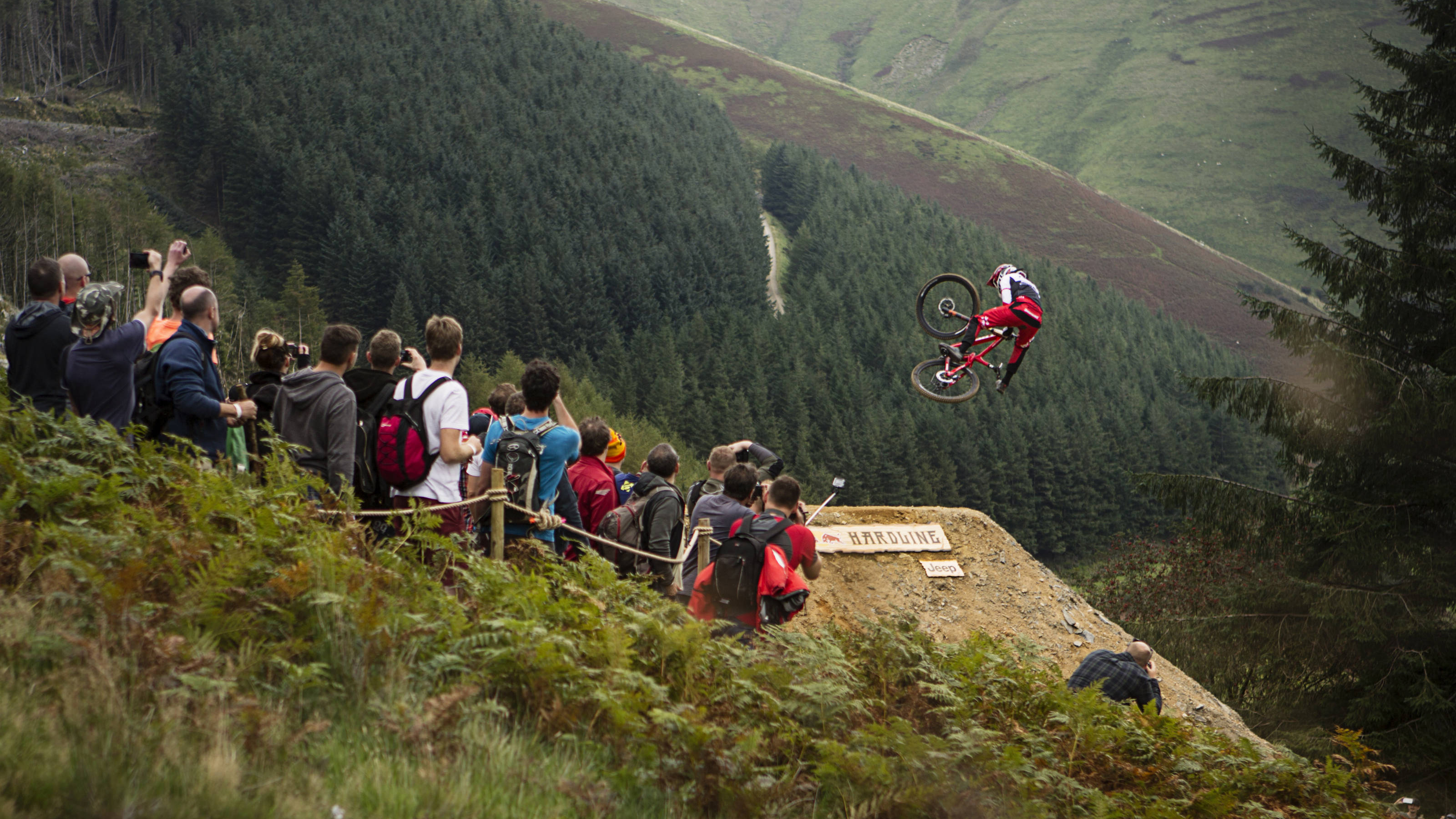
However, despite his successes, Dan admits he’s not as competitive as you might think. “I’m not a natural racer,” he states. “I have won a World Cup and National Championships, but I’m nowhere near as competitive as Gee and Rachel (Atherton)! I prefer to be behind the scenes, building, furthering the sport through what I do outside of competitions. I don’t like the hanging around at races – I need to be productive all the time! As a rider I self-assess constantly. I’ve been riding for a long time so I’m pretty tuned in to my body and how I’m feeling and moving on the bike. For Red Bull Hardline, and any race, we have our experienced mechanics on site who will check the bike after every run as well as listening to my feedback so that they can get it completely dialed.”

Alongside the frame of his bike, suspension is another aspect that has revolutionized riding over the years. “It’s so adjustable now,” reckons Dan. “You can get it to do exactly what you want. For Hardline, I want more support on the big landings so I firm up the suspension. The jumps are huge, so I set up for high-speed compression and slow low-speed rebound. I adapt my bike to every track I ride, and every run. So much depends on the terrain; the mix of rocks, roots, mud, dust - but then the weather comes along. A shower of rain can change everything, or the sun coming out and drying up the track, the 80 riders going down ahead of you, it all feeds in.”
Get all the latest news, reviews, deals and buying guides on gorgeous tech, home and active products from the T3 experts
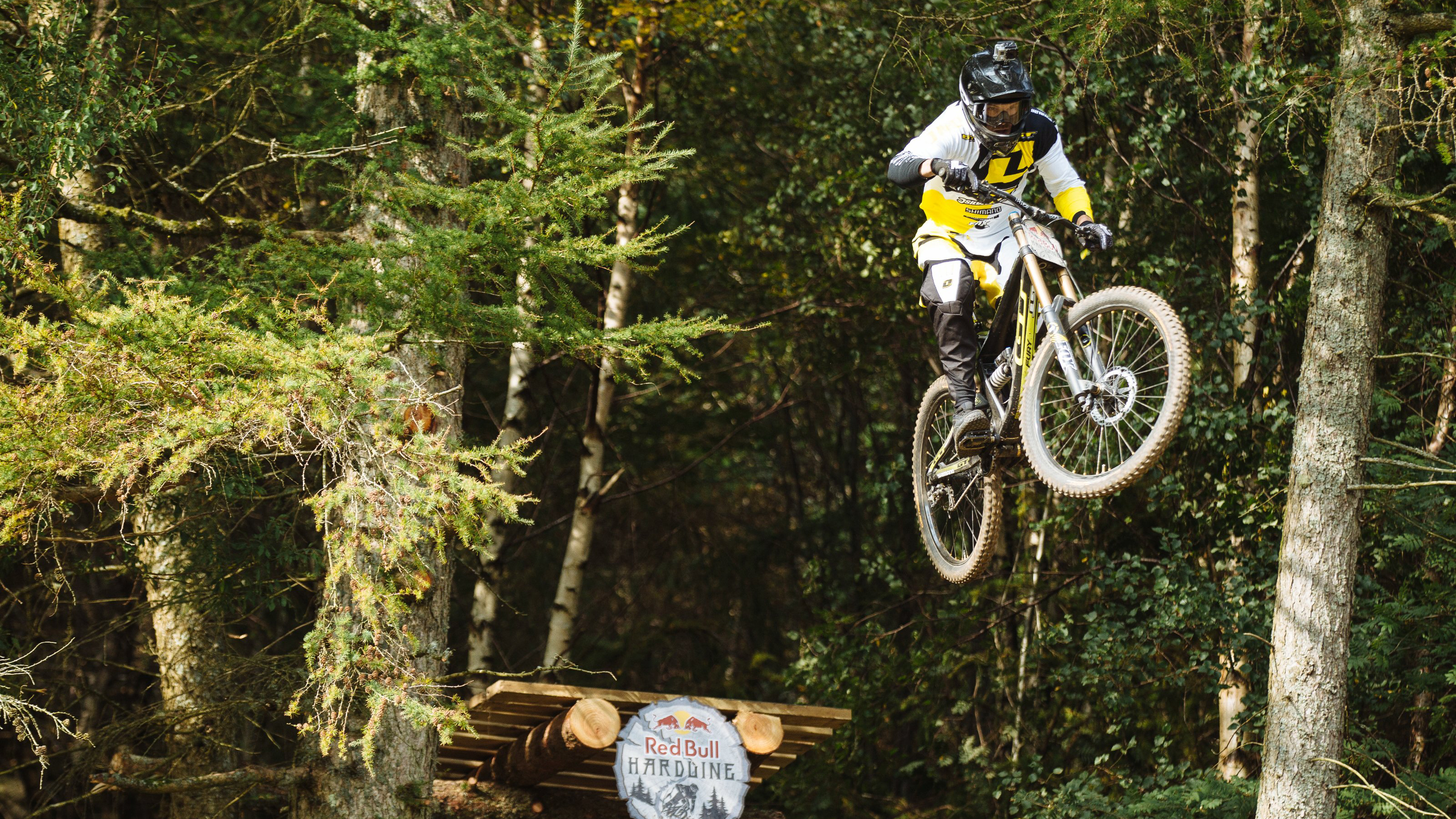
Dan has been cycling for a number of years, so does competing in Hardline get easier or harder, given all those people chasing at his heels? “I don’t mind people going faster than me at Hardline,” he adds. “But I feel a massive responsibility having built the trails. I hate it when people get injured on my tracks. A couple of years ago I broke my shoulder testing the track – to be honest I was glad it was me that took the hit not somebody else.”
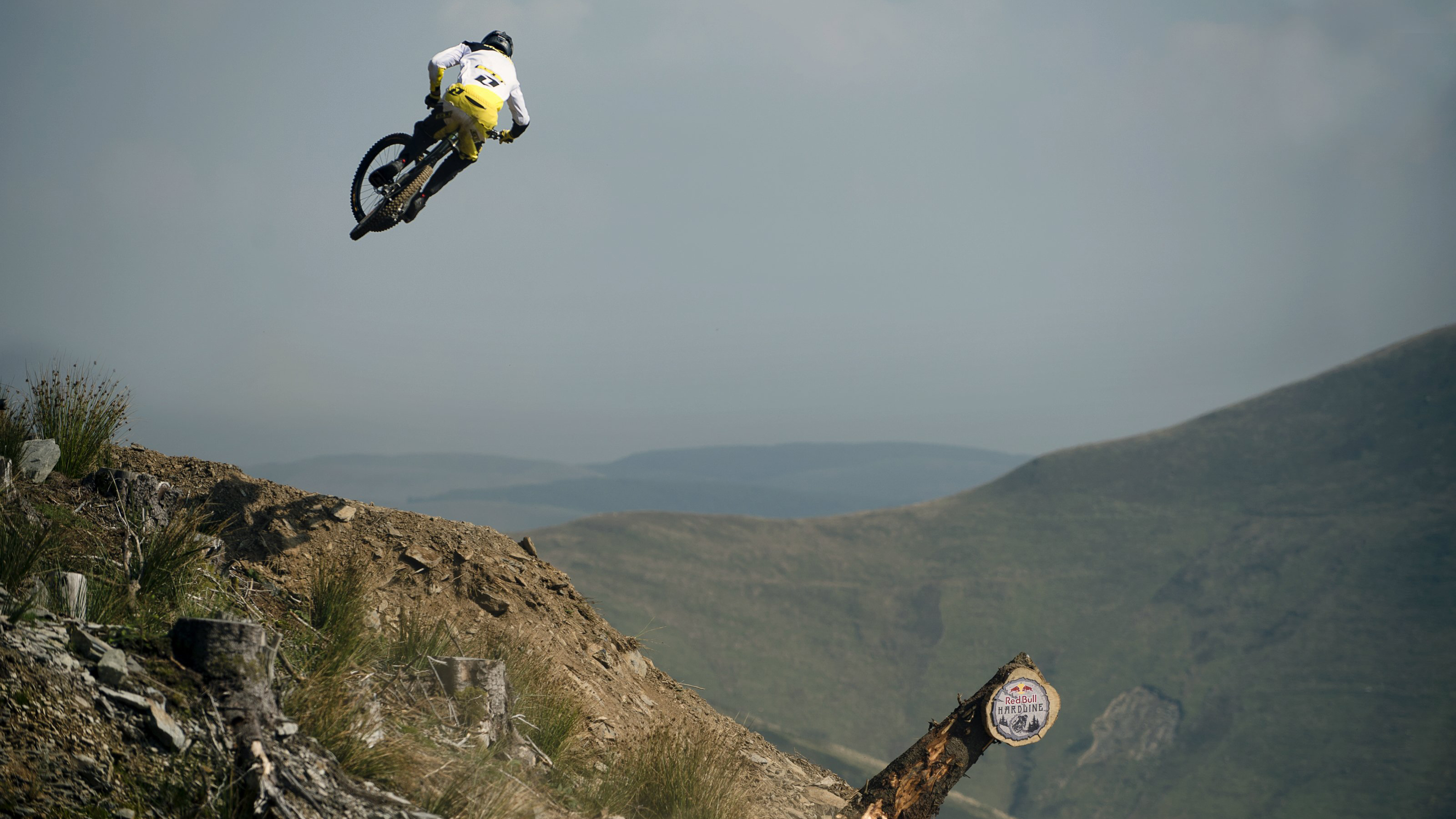
So, what's more important - the bike or the rider? “The rider for sure,” says Dan. “But to win these days you need to have both. If you can’t rely on your bike 100%, or you are worried about things going wrong, it’s hopeless. The closer you get to the top of the sport the more important those marginal gains become. Bikes and components are constantly evolving; suspension, frame composition, wheel size, every season there is something new – its part of the progression of the sport that I’m so passionate about. The evolution of bikes allows the evolution of tracks and the riders who race on them, constantly pushing the boundaries of mountain-biking.”
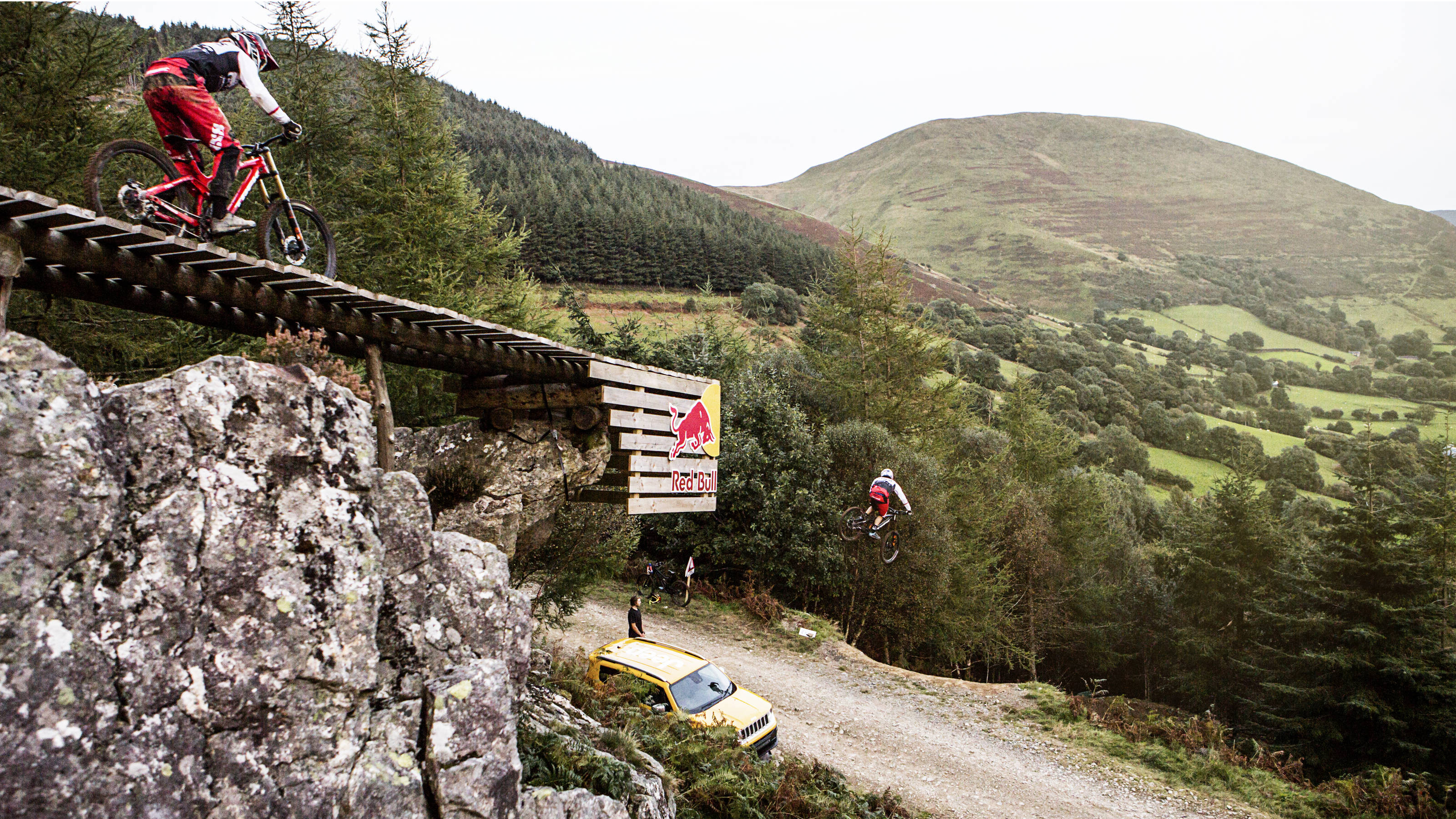
And, in amongst all the mud and mayhem, where will Dan Atherton be in, say, five or ten years? “Still riding, still building, still pushing forwards I hope. I’m passionate about providing a path for youngsters who want to get to World Cups, so we’ve started the Atherton Academy – that’s where the future is!”

Rob Clymo has been a tech journalist for more years than he can actually remember, having started out in the wacky world of print magazines before discovering the power of the internet. Since he's been all-digital, he has run the Innovation channel for a few years at Microsoft, as well as turning out regular news, reviews, features and other content for the likes of Stuff, TechRadar, TechRadar Pro, Tom's Guide, Fit&Well, Gizmodo, Shortlist, Automotive Interiors World, Automotive Testing Technology International, Future of Transportation and Electric & Hybrid Vehicle Technology International. In the rare moments he's not working, he's usually out and about on one of the numerous e-bikes in his collection.
